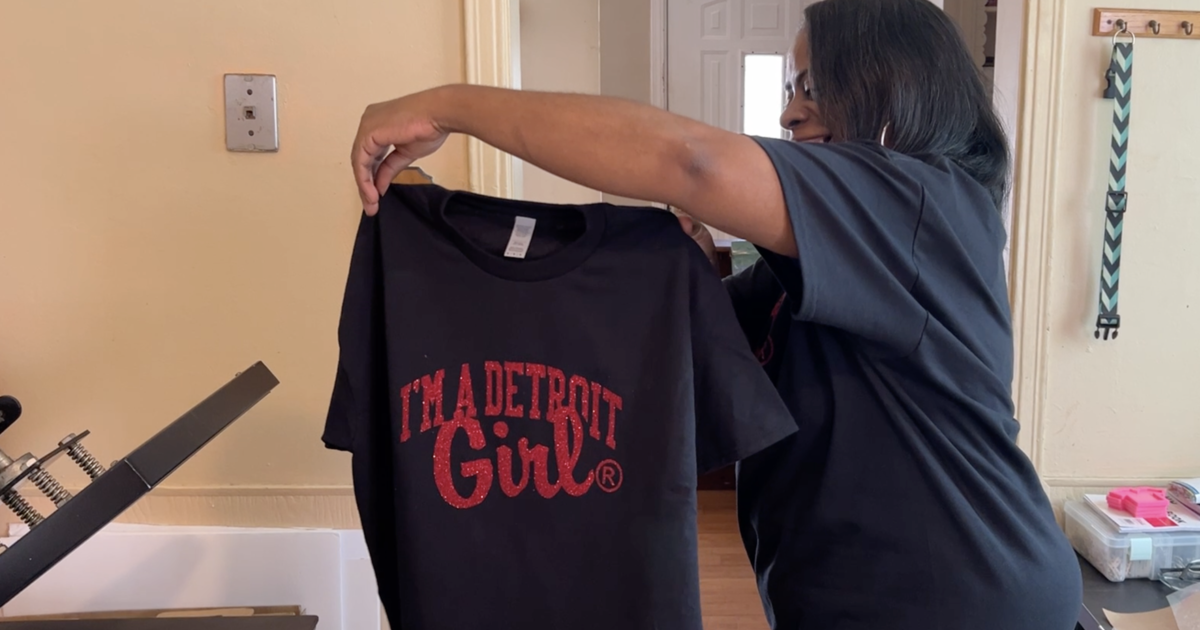Truven Study Finds Most ER Visits From Insured Patients Avoidable
WASHINGTON, D.C. -- It's not just the uninsured who use the emergency room for non-urgent healthcare. According to a new study from Truven Health Analytics of Ann Arbor, 71 percent of emergency room visits made by patients with employer-sponsored insurance coverage aren't serious enough to merit an ER visit.
The study, Avoidable Emergency Department Usage Analysis, examined insurance claims data for more than 6.5 million emergency room visits made by commercially insured individuals under age 65 in 2010. It found that just 29 percent of patients required immediate attention in the emergency room.
Twenty-four percent did not require immediate attention, 41 percent received care that could have safely been provided in a primary care setting, and 6 percent received care that would have been preventable or avoidable with proper primary care.
The analysis surmises that diverting just 10 percent of these unnecessary visits to an office setting would result in a net savings of $18.68 in total allowed costs per health plan member, per year. Based on the 24 million enrollees represented in the Truven Health MarketScan databases, this represents a total potential savings of $461 million each year.
"Inappropriate use of emergency department services has become a major source of healthcare system waste," said John Azzolini, MPH, MBA, director of practice leadership at Truven Health Analytics. "Conventional wisdom has previously suggested that this issue was confined to the Medicaid, Medicare and uninsured populations, but our new research shows that the privately insured population's use of the ER is avoidable approximately three-quarters of the time. This is important data to consider as we start to evaluate the effective use of healthcare resources under the ACA."
The study also broke down findings by patient demographics, region, and clinical condition. Women were found to be 17 percent more likely to visit the emergency room than males, and have a higher number of non-emergency visits. Infants younger than 12-months old were found to have the highest percentage of non-emergency visits (82 percent), while patients between 60-64 years old had the lowest (67 percent). The top three non-emergent diagnoses were joint disorders, atopic dermatitis, and other soft tissue diseases.
"Hospital administrators have faced enormous challenges managing the use of their emergency departments because, historically, it has been very difficult to identify and categorize these visits," said Mike Boswood, president and CEO of Truven Health Analytics. "Thanks to the robust, detailed claims data in our MarketScan databases, our team was able to fully categorize these visits, delivering more than just a wake up call about the full scope of inappropriate ER use, but also a blueprint for how to measure the problem and start the process of correcting it."
The Truven Health MarketScan Research Databases, which contain de-identified healthcare claims data reflecting the real-world medical care of over 170 million unique patients across the U.S. since 1995, were used to conduct this analysis. The methodology used to determine emergent and non-emergent care was based on an algorithm originally developed in 2000 by researchers from the NYU Center for Health and Public Services Research and the United Hospital Fund of New York. The algorithm was then updated by Truven Health Analytics in 2012 to reflect changes in diagnosis coding.
To read the complete study, visit http://interest.truvenhealth.com/forms/EMP-201209-AvoidableERUsageAnalysisRB



